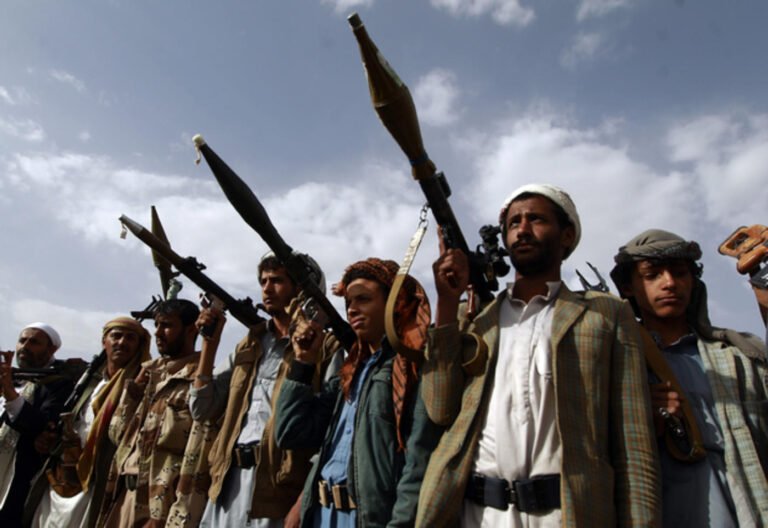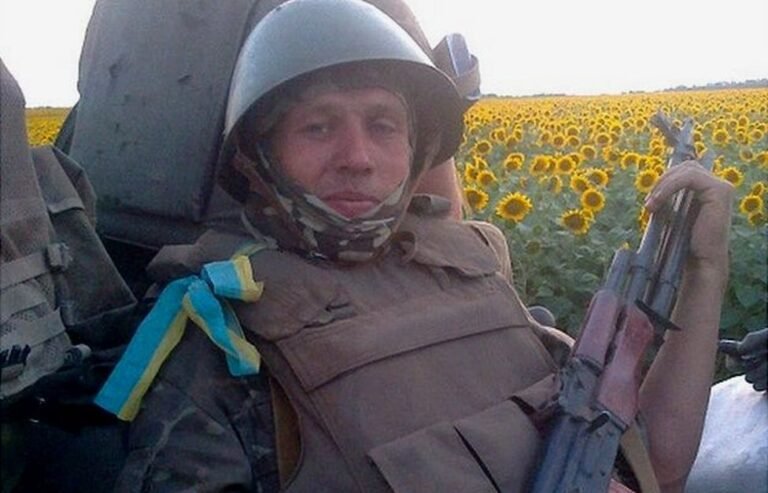
Modern Warfare: New Military Strategies in High-Stakes Conflicts
Introduction
Modern warfare has evolved significantly over recent decades, driven by advancements in technology, changes in geopolitical landscapes, and the emergence of new military theories. This report explores the latest military strategies employed in high-stakes conflicts, drawing insights from various scholarly articles and reports on the subject.
The Imperative of Military Theory in Modern Conflict
In an analysis titled “Analyzing Future Warfare: The Imperative of Military Theory for Modern Conflict,” the complexities of modern warfare are highlighted. The intertwining of theories and technologies in contemporary conflicts creates an enigmatic future, shrouded in uncertainty. Military theorists emphasize the importance of developing robust frameworks that can adapt to the evolving nature of warfare (MSN News).
The Strategy Web: A New Framework for Analyzing Military Strategy
A comprehensive framework for analyzing military strategy is essential for addressing the multifaceted nature of warfare. According to “The Strategy Web: A New Framework for Analyzing Military Strategy,” successful military strategies must incorporate theory, historical evidence, and empirical truths. This approach ensures that military planners are equipped to navigate the complexities of modern conflicts effectively (Air University).
Future Warfare and Critical Technologies
The report “Future Warfare and Critical Technologies: Evolving Tactics and Strategies” examines the shift from direct warfare to hybrid warfare and grey zone tactics. Hybrid warfare involves the use of proxy actors and non-traditional forms of conflict, blurring the lines between war and peace. Analytical frameworks have been developed to study these shifts and their implications for military tactics and strategies (Secure World Foundation).
Soldier Swarm: New Ground Combat Tactics
In the article “Soldier Swarm: New Ground Combat Tactics for the Era of Multi-Domain Battle,” Paul Scharre explores the potential of unmanned aerial vehicles (UAVs) to swarm enemy forces. This concept, when adapted for infantry tactics, enhances the capability of ground forces to dominate in contested environments. Networked swarming, as defined by John Arquilla and David Ronfeldt, represents a crucial development in modern combat doctrines (Modern War Institute).
Conclusion
Modern warfare necessitates the continuous evolution of military strategies to address the dynamic and complex nature of high-stakes conflicts. The integration of advanced technologies, the adoption of hybrid and grey zone tactics, and the development of new theoretical frameworks are crucial for maintaining military effectiveness. As geopolitical landscapes continue to shift, understanding and adapting to these changes will remain a key challenge for military strategists.
Works Cited
- MSN News. “Analyzing Future Warfare: The Imperative of Military Theory for Modern Conflict.” MSN News.
- Air University. “The Strategy Web: A New Framework for Analyzing Military Strategy.” Air University.
- Secure World Foundation. “Future Warfare and Critical Technologies: Evolving Tactics and Strategies.” Secure World Foundation.
- Modern War Institute. “Soldier Swarm: New Ground Combat Tactics for the Era of Multi-Domain Battle.” Modern War Institute.











+ There are no comments
Add yours